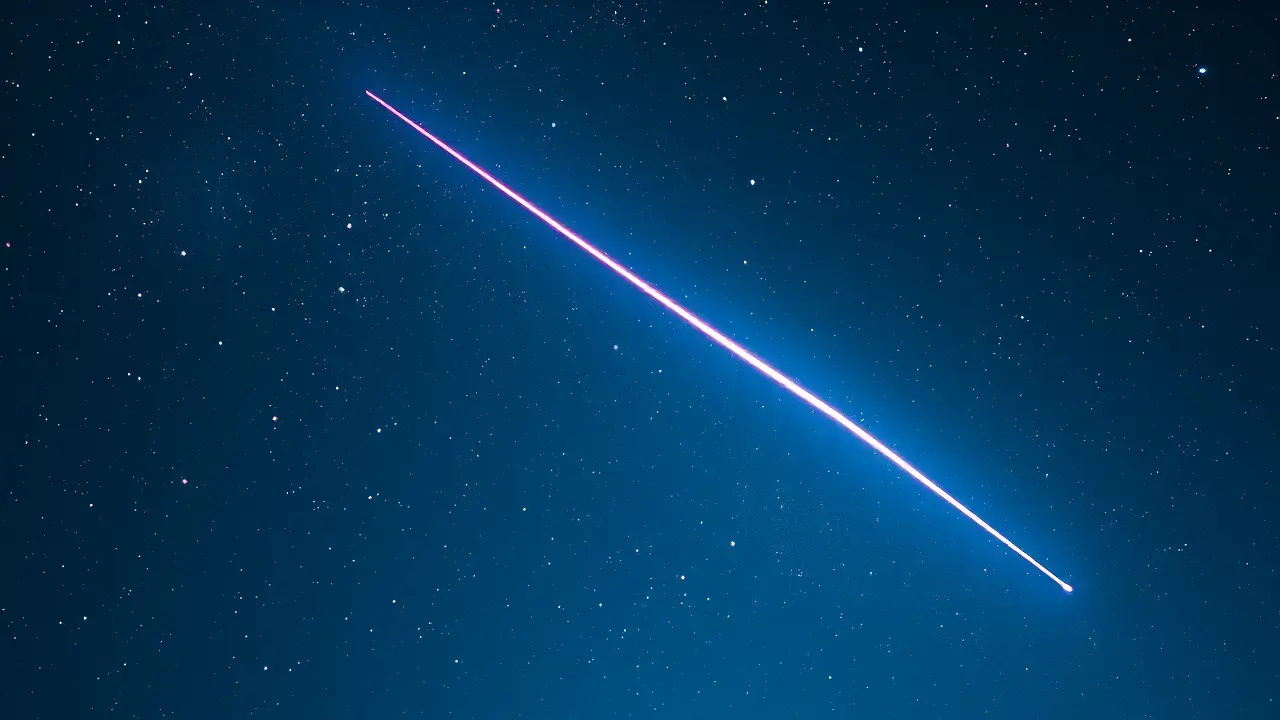
Sciencespace & astronomyNASA Missions
How to Watch the Leonids Meteor Shower
TH
Thomas Green
2 days ago7 min read3 comments
As the Earth continues its relentless, elegant orbit around our local star, it is now carving a path through the debris-strewn wake of Comet 55P/Tempel-Tuttle, setting the stage for one of the cosmos's most reliable and spectacular performances: the Leonid meteor shower. This celestial event, active throughout much of November, is not merely a shower; it is a deep-space rendezvous, a direct interaction with the primordial grit left behind by a periodic visitor to our inner solar system.The shower is forecast to peak just after mid-November, offering skywatchers a chance to witness those iconic, brilliant 'fireball' shooting stars that have defined the Leonids' reputation for centuries. These aren't just fleeting streaks of light; they are pea-to-marble-sized particles, often no larger than a grain of sand, vaporizing in a final, glorious act of incandescence as they slam into our atmosphere at a staggering 71 kilometers per second.To truly appreciate the spectacle, one must understand its origin. Comet Tempel-Tuttle, a roughly 4-kilometer-wide ball of ice and rock, follows a 33-year orbit, and each time it swings by the sun, it sheds a fresh layer of material.Our planet plows through this river of comet dust annually, but the intensity of the display depends entirely on which part of the stream we encounter. While most years offer a respectable zenithal hourly rate of 10-15 meteors, the years following the comet's perihelion—the last being in 2031—can produce legendary meteor storms, where thousands of meteors can paint the sky every hour, as witnessed in the jaw-dropping storms of 1833, 1966, and 2001.To optimize your viewing, forget telescopes and fancy equipment; this is an event for the naked eye. The protocol is simple but requires patience: find a location as far from the corrosive glow of urban light pollution as possible after midnight, allow your eyes a solid 20-30 minutes to adapt to the profound darkness, and simply look up.The Leonids will appear to radiate from the constellation Leo, which gives them their name, but they can streak anywhere across the celestial dome. This 2025 apparition is particularly favorable, as the peak coincides with a waning crescent moon, meaning its faint light will offer little competition to the fainter meteors.But the Leonids are merely the headline act in a year-round cosmic calendar of such events. The dependable Perseids of August, born from Comet Swift-Tuttle, offer a warm summer night's show, while the Geminids of December, unique for their asteroid (3200 Phaethon) parentage, often deliver the highest hourly rates of the year with their slow, bright, and often colorful trails.Each shower has its own character, velocity, and origin story, a testament to the dynamic and cluttered nature of our solar system. Observing these events connects us to a fundamental human experience—awe—while simultaneously serving as a visceral reminder of our place in a vast, physical system governed by gravity and chance.It is a direct, real-time demonstration of planetary science, a free ticket to a front-row seat of our planet's journey through space, and a humbling spectacle that has inspired art, fear, and scientific inquiry for millennia. So, as mid-November approaches, watch the forecasts, hope for clear skies, and take a moment to step outside and witness the silent, fiery death of ancient comet dust, a beautiful and persistent reminder that we are all travelers on a spaceship flying through a cosmic shooting gallery.
#featured
#Leonids meteor shower
#shooting stars
#fireballs
#astronomy events
#2025 skywatching
Stay Informed. Act Smarter.
Get weekly highlights, major headlines, and expert insights — then put your knowledge to work in our live prediction markets.
Related News
© 2025 Outpoll Service LTD. All rights reserved.
